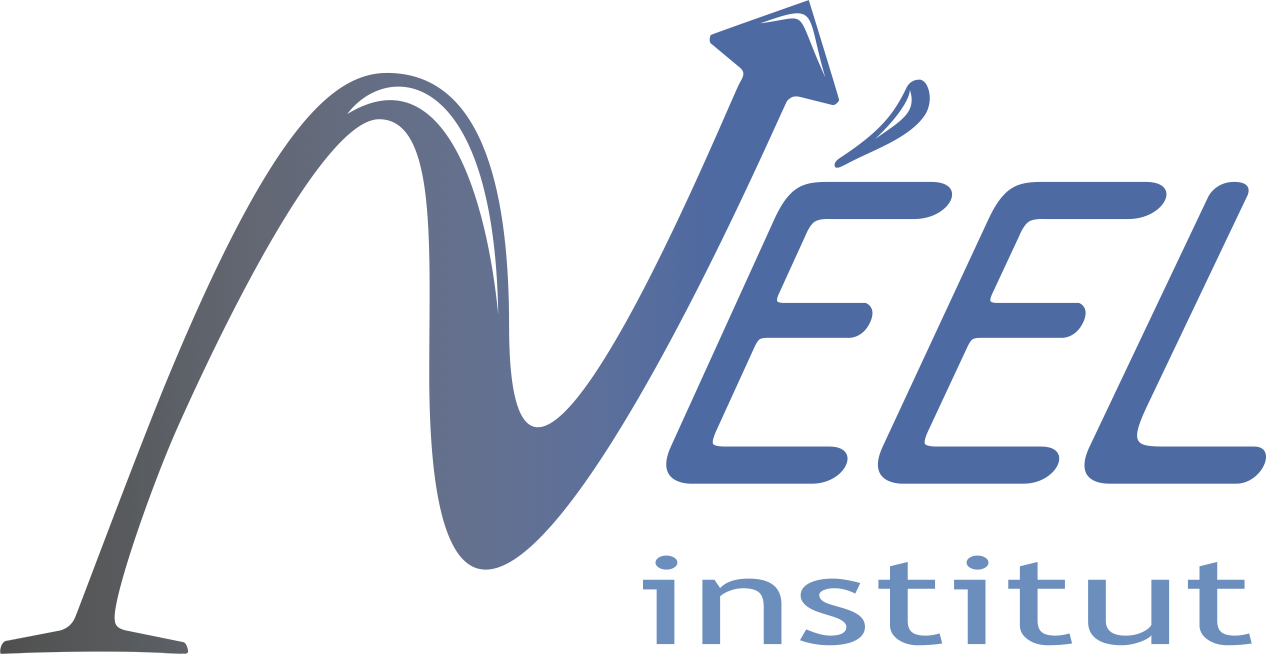Abstract:
The focus of this thesis is the turbulence of superfluid 4He at temperatures between 1.15 K and the superfluid transition temperature Tλ = 2.17 K, corresponding to a superfluid fraction ρs/ρ between 97.6% and 0%. This work is mostly experimental. We aim to compare classical and quantum turbulence, using local velocity and vorticity fluctuations measurements. These measurements are backed up by numerical simulations. We developed dedicated probes, designed for cryogenic flows: Pitot tubes with sub-millimeter effective size and a new cantilever-based probe (300 µm x 100 µm x 1 µm) whose deflection is measured with a superconducting micro-resonator in the GHz frequency range. A first prototype was micro-machined from a silicon wafer in cleanroom and validated in a superfluid wind tunnel. The resolution was found similar to the one of the best anemometers operating in He II and will be further improved. The Pitot tubes have been inserted inside two superfluid wind tunnels, TSF and TOUPIE. The former, designed and operated within a national collaboration, provided a stationary grid flow (Rλ = 250, 1.65 K < T < 2.6 K, ρs/ρ < 80%) and a near-wake flow. The latter (Rλ = 1100, 1.55 K < T < 4.2 K, ρs/ρ < 86%), which was cooled down for the first time during this thesis, provided a far-wake flow. The measurements have highlighted strong similarities with classical flows at inertial scales: k-5/3 velocity spectra, Kolmogorov constant and turbulence intensity indistinguishable above and below the superfluid transition, 4/5-law, anomalous velocity structure functions exponents (intermittency). At smaller scales, the numerical simulations (1.15 K < T < 2.1565 K) exhibit exotic behavior: kinetic energy piles up and tends to equipartition, which makes the simulated velocity spectrum scale like k2. This phenomenon is enhanced at low temperature. Finally, local vorticity fluctuations measurements have been achieved using second sound tweezers over a temperature range, between 1.69 K (ρs/ρ=77%) and 2.01 K (ρs/ρ = 42%). We observed that the spectrum scaling steepens as the temperature decreases. This can be interpreted as a consequence of the equipartitioned reservoir evidenced by numerical simulations at small scale.
Keywords:
Hydrodynamics — Turbulence — Superfluidity — Instrumentation
Public Defense
The thesis was publicly defended in Institut Néel, Grenoble on November, 16th, 2011, before the defense committee, composed of the following persons:
- Eberhard Bodenschatz - Examiner
Max-Planck-Institut für Dynamik und Selbstorganisation (Göttingen) - Thierry Dombre - President of the jury
Laboratoire interdisciplinaire de Physique, UJF/CNRS (Grenoble) - Jean-François Pinton - Referee
Laboratoire de physique, ENS de Lyon/CNRS (Lyon) - Bernard Plaçais - Examiner
Laboratoire Pierre Aigrain, CNRS/UPMC/ENS (Paris) - Philippe-E. Roche - Supervisor
Institut Néel, CNRS/UJF/Grenoble-INP (Grenoble) - Patrick Tabeling - Referee
Laboratoire Microfluidique, MEMS & Nanostructure, ESPCI/CNRS (Paris)

